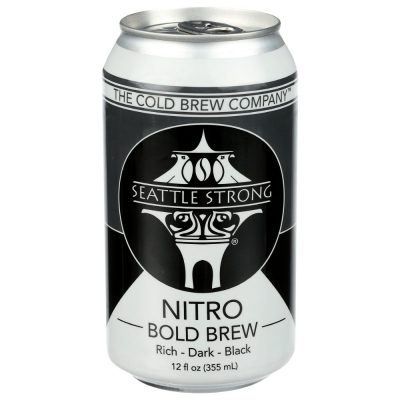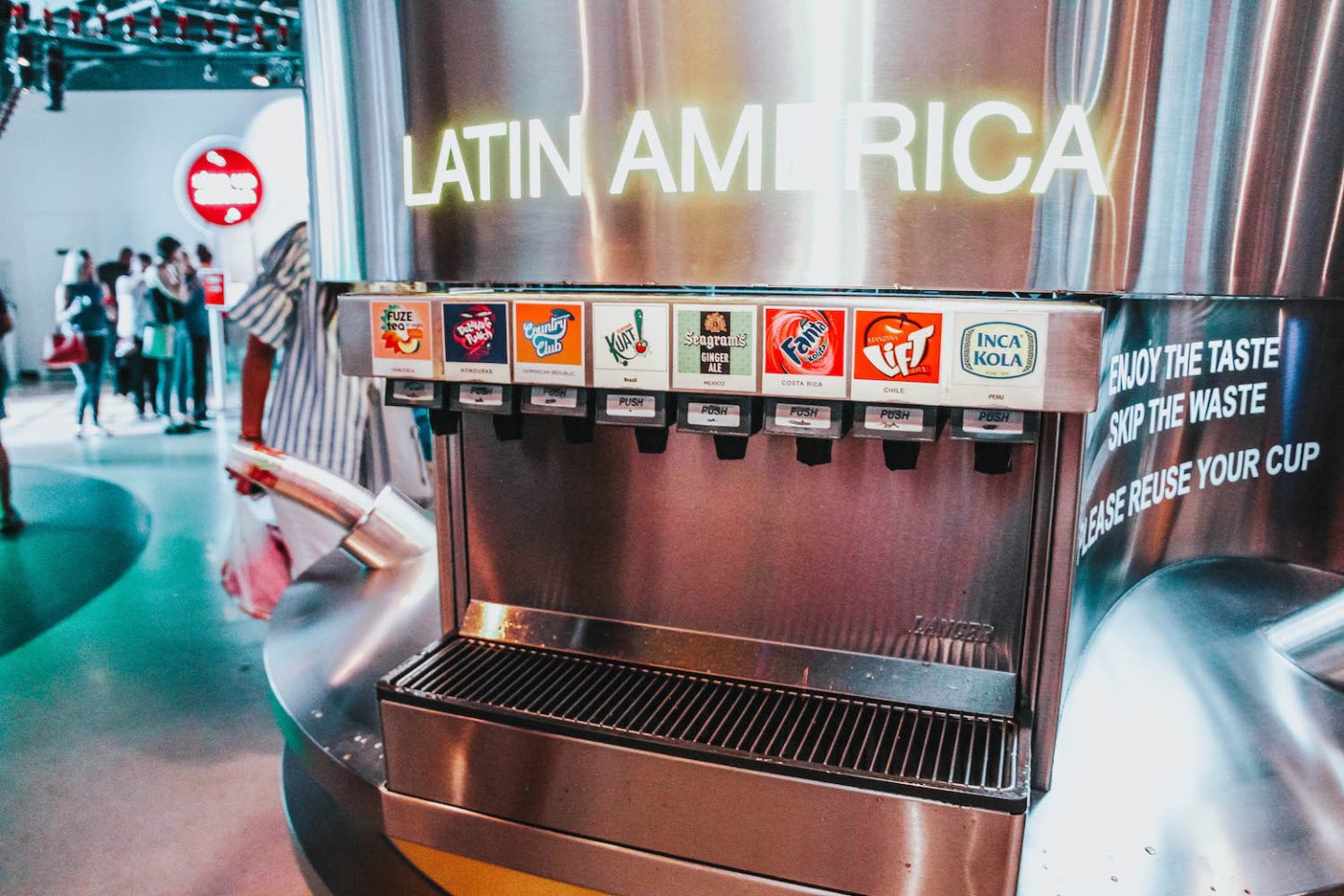

However, by the time you make it to the bottom of your cup, those flavors quickly disappear.Ĭold brew coffee has a mild sweetness which helps to cut off the bitter components of its flavor. Traditional coffee features immediately rich aromas, which is what first thing in the morning gives you the warming sensation. Differences of flavors are due to oxidation. If you’ve done some work on the differences between hot and cold brew coffee, you’ve probably learned some things about flavor, because it’s one of the main variations between them. Your coffee will have a sourer taste when using higher temperature water, transforming the chlorogenic acid into caffeic and quintic acid. This is due to the rate of degradation and oxidation during the brewing process of coffee soluble. According to this study, “all cold brew coffee treatments showed lower titrable acidity values than their counterparts for the hot brew.” The cold brew tastes less bitter than the hotter brews in terms of coffee bite. You can thank the cooler temperatures for not releasing the bitter tannins of the beans which are known to affect the bitterness of the coffee. In both forms, this is valid but the heat makes this even more troublesome.Ĭold-brew, with less bite and acidity than hot, has a smoother texture. You will also note that the grounds can emit a higher chlorogenic acid concentration over time because the grounds sit in water. Since water heat produces more chlorogenic acid, this makes the coffee much bitterer, particularly with darker roasts. This is true particularly if you suffer from heartburn frequently. Hot-brewed coffee is infamous for its higher acidity, which does not appeal to people with digestive problems. It is one of the easiest ways to drink coffee with a mix of fruity, woody, and dark chocolatey flavoring profiles. You can find that this form of brewing brings out flavors that you never knew existed from your favorite beans. You will need to schedule it well in advance instead of doing it the first thing in the morning as it has to steep from 12 to 24 hours everywhere. All you have to do is add the grounds to your coffee maker and allow it to pour hot water over the grounds.Ĭertainly, the cold brew requires much more patience than the hot coffee, but the wait is worth it. No need to let the coffee steep for a long period of time. You can make hot brewed coffee in less than 10 minutes. This is also the main factor influencing the flavors produced by regular and cold brew coffee.

Brewing ProcessĪnother big difference between the two is their way of brewing them. The outcome is a concentrate so be sure to dilute it because it’s going to be stronger than you’d think. These machines are designed to slowly immerse grounds into cold or room temperature water for an extended period of time. No matter which you choose for your batch the important bit is simple.


I’ve even seen really cool slow drip systems on the market as well. In most cases, people will rely on a French press for cold-pressed coffee, a mason jar for immersion, or some other system to create their own cold brew. Also, you’ll want to look into a grinder, preferably one of the conical burr varieties, as those tend to perform better than other types: If you want more control over your batches, however, you might buy one of a variety of cold brew coffee makers that store in the refrigerator or on your countertop. Cold brew coffee doesn’t require heat so you can make it with store-bought coffee grounds as long as you have clean cold water, a storage vessel, and time. Cold-brewed coffee is not the same, while iced coffee is similar.


 0 kommentar(er)
0 kommentar(er)
